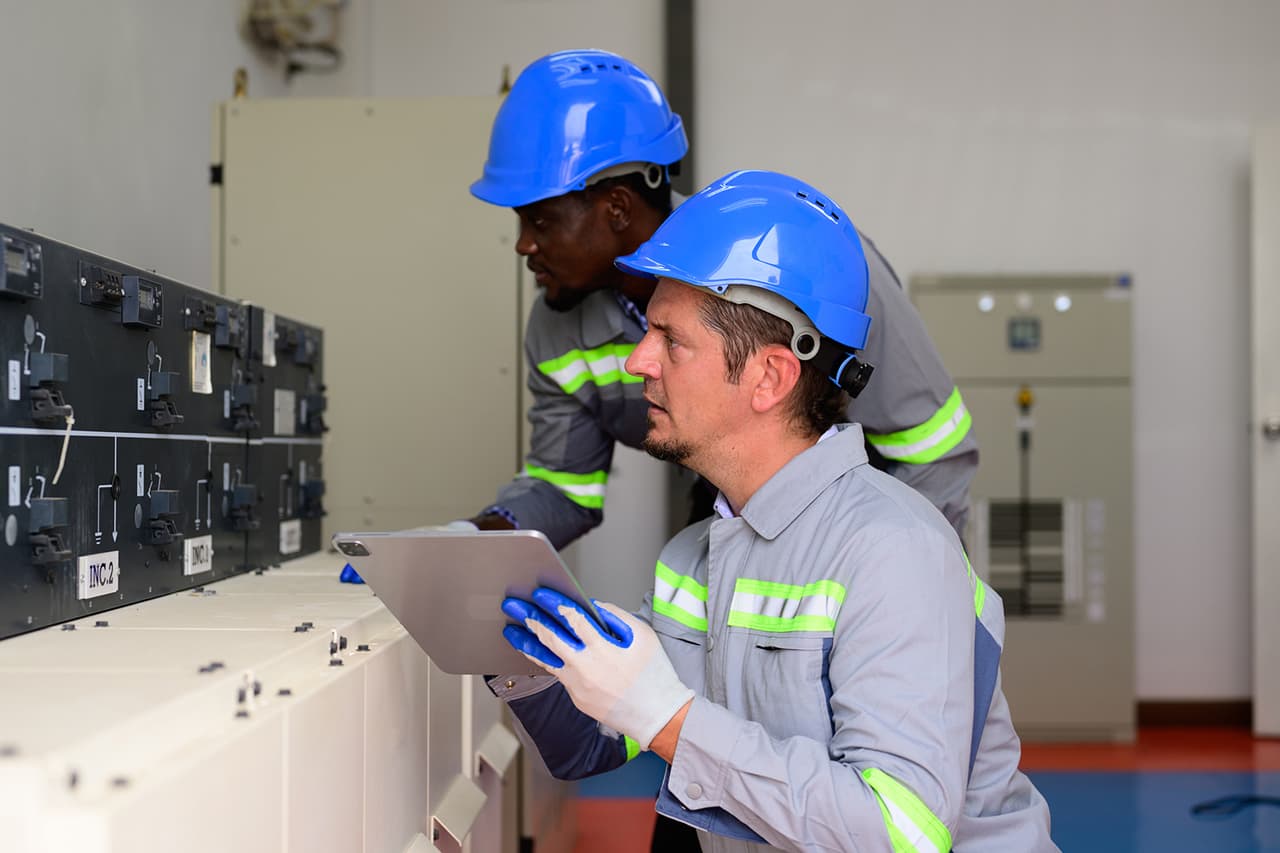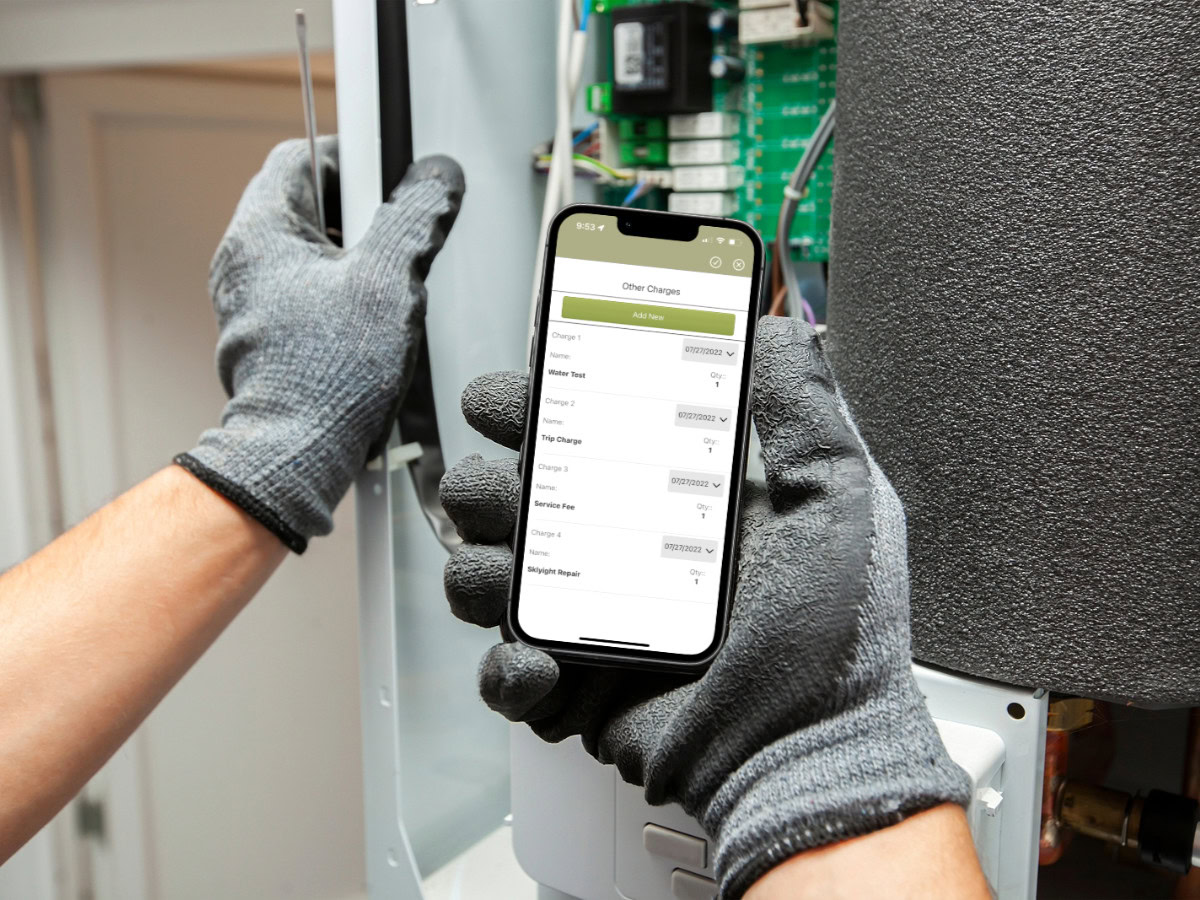
Create at least one 'area' for each building in your database. 'Areas' are where capture detailed information about roof sections in the database. Detailed informations include roof deck type, current insulation, current roof type, condition score, drainage type, slope, area (S.F. / Squares) and more.
Entering this detailed information for each separate roof area in the database allows users to generate detailed roof inspection reports. Also, the history of work (Service work via Work Orders and Roof Replacement and New Construction via Projects) is tracked by roof area.
Specific documents (Roof Plans and overall views of the roof area) can be stored directly with each area for the building via the Area Docs tab. Many DF power users also stored photos of roof cuts / cores directly with each roof area for reports for quick access to this information in the future.
One Building can have 1, 3, 10 or more roof areas. This is important for commercial properties, most have more than one roof area. Each roof section has a type type, roof insulation and roof type… they may be the same for multiple roof areas on one building, but often times they are different and so are the
warranties for each roof section.
A ‘Building’ as defined by Dataforma is ‘one physical structure’, again most buildings then have more than one roof area!









